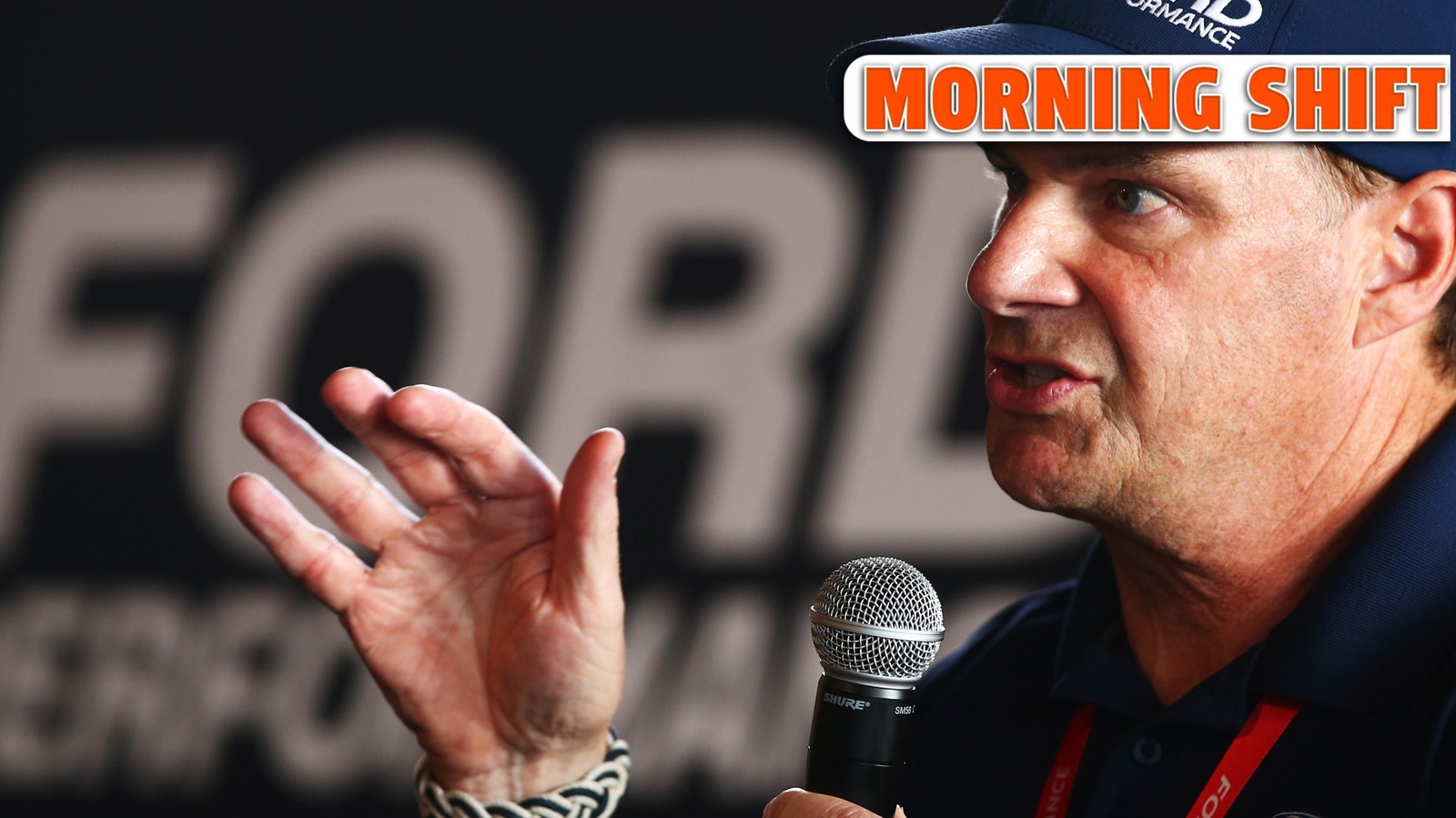Why Are New Cars So Hard to Sell Right Now?
If you’ve recently strolled through a dealership or scrolled through car listings, you’ve probably noticed something odd. Rows of shiny new vehicles, but not as many buyers. It’s not just your imagination—selling new cars has become a real uphill battle, whether you’re hawking a practical sedan or a six-figure supercar. So, what’s driving this slowdown?
What’s Causing the Slowdown in New Car Sales?
Let’s cut to the chase: several factors are squeezing the new car market, and it’s not just one thing. First, prices have soared. The average new car price in the US hit nearly $48,000 in early 2024, according to Kelley Blue Book. That’s a record high, and it’s left many would-be buyers feeling priced out.
Then there’s the issue of rising interest rates. Financing a car isn’t as cheap as it used to be. According to Edmunds, the average interest rate for a new car loan climbed above 7% this year—a level not seen in over a decade. That means higher monthly payments, even for buyers with good credit.
And don’t forget about supply chain hiccups. While the worst of the chip shortage might be behind us, automakers are still wrestling with delays and higher costs for parts. That’s led to fewer incentives and less wiggle room for discounts.
Are Luxury and Exotic Cars Immune to the Trend?
You might think the ultra-rich are still snapping up Lamborghinis and Ferraris without blinking. But even the luxury and exotic market is feeling the pinch. Dealers report that inventory is sitting longer, and some high-end brands have quietly started offering perks—think free maintenance or exclusive events—to entice buyers.
Why? Even wealthy buyers are taking a closer look at their spending. The stock market’s been volatile, and global economic uncertainty makes big-ticket purchases feel riskier. Plus, with more options for customization and direct ordering, buyers are willing to wait rather than settle for what’s on the lot.
How Are Tariffs and Recalls Impacting the Industry?
Here’s where things get thorny. Tariffs on imported parts and vehicles have driven up costs for automakers, especially those who rely on global supply chains. According to the Alliance for Automotive Innovation, tariffs have added hundreds, sometimes thousands, to the price of certain models.
Then there’s the issue of recalls. Ford, for example, reported a staggering $2.5 billion in recall-related costs last quarter alone. Recalls don’t just cost money—they also chip away at consumer confidence. If buyers worry about reliability, they’re more likely to hold onto their current car a little longer.
What Are Dealers Doing to Adapt?
Dealers aren’t just sitting on their hands. Many are pivoting to used cars, which remain in high demand thanks to their relative affordability. Others are ramping up online sales and home delivery options, meeting buyers where they’re most comfortable.
Some are even getting creative with financing—offering longer loan terms or special rates to help offset higher prices. And with more transparency around pricing and incentives, savvy buyers can sometimes snag a better deal if they’re willing to negotiate.
Is There Any Relief in Sight for Buyers?
There’s a glimmer of hope. As inventories slowly recover and competition heats up, analysts expect to see more incentives and deals in the coming months. Plus, if interest rates stabilize or even drop, monthly payments could become a bit more manageable.
For now, patience pays off. Keep an eye out for manufacturer rebates, dealer specials, and certified pre-owned options. And don’t be afraid to shop around—sometimes the best deals pop up where you least expect them.
What’s the Smartest Move for Shoppers and Sellers?
The big takeaway? Navigating the new car market isn’t about perfection—it’s about smarter adjustments. Start with one change this week, whether that’s broadening your search, considering a gently used model, or negotiating harder. You’ll likely spot the difference by month’s end.


